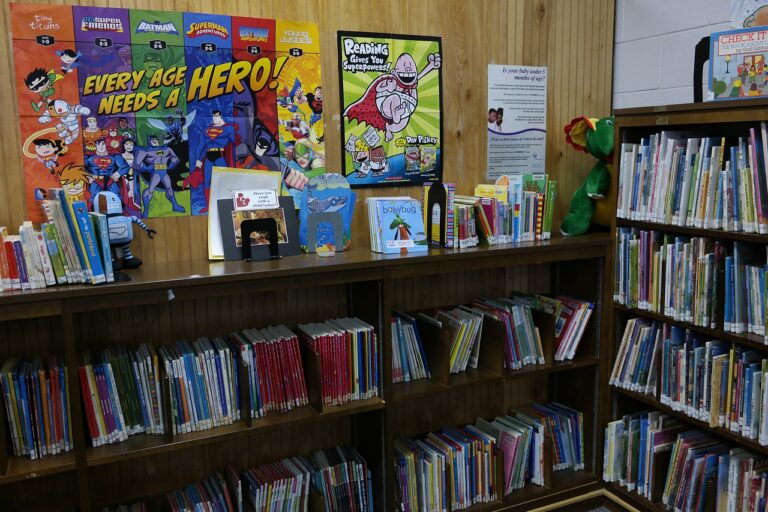Leveraging Neuroeducation for Optimal Learning Environments
When it comes to understanding the brain’s learning processes, it is essential to consider the intricate connections that form the foundation of acquiring knowledge. Neurons in the brain communicate with each other through synapses, which strengthen as information is repeatedly processed and stored. This process, known as long-term potentiation, plays a crucial role in forming memories and enhancing learning capabilities.
Furthermore, various regions of the brain are responsible for different aspects of learning, such as the prefrontal cortex for executive functions and the hippocampus for memory consolidation. By recognizing the specialized functions of these brain regions, educators can tailor their teaching approaches to optimize the learning experience for students. Embracing neuroscientific principles can lead to the development of more effective educational strategies that take advantage of the brain’s remarkable ability to adapt and learn.
The Role of Neuroplasticity in Education
Neuroplasticity refers to the brain’s ability to adapt and change throughout life in response to experiences and learning. This concept has profound implications for education as it suggests that the brain is not static, but rather capable of rewiring itself based on new information and stimuli. By understanding neuroplasticity, educators can design teaching strategies that capitalize on the brain’s flexibility and capacity for growth.
Incorporating neuroplasticity into educational practices can help students develop new skills and knowledge more effectively. By creating environments that support and challenge the brain to form new connections, educators can enhance the learning experience for their students. This may involve incorporating varied teaching methods, providing opportunities for hands-on learning, and encouraging students to engage in activities that stimulate different parts of the brain. Ultimately, leveraging neuroplasticity in education can lead to improved learning outcomes and better retention of information.
Creating Stimulating Learning Environments
In a stimulating learning environment, the physical surroundings play a crucial role in fostering engagement and curiosity among students. Bright colors, interactive displays, and comfortable seating arrangements enhance the overall learning experience and encourage active participation. By creating a visually appealing and inviting space, educators can help students feel motivated and eager to explore new concepts and ideas.
Furthermore, incorporating hands-on activities and interactive technology can further enrich the learning process. By encouraging students to interact with educational tools and resources in a hands-on manner, educators can promote a deeper understanding of the subject matter while also fostering critical thinking and problem-solving skills. Creating a dynamic and interactive learning environment not only makes learning more enjoyable for students but also helps them retain information more effectively.
• Encouraging active participation through interactive displays
• Utilizing bright colors to create a visually appealing space
• Providing comfortable seating arrangements for students
• Incorporating hands-on activities to promote deeper understanding
• Using interactive technology to enhance learning experience
How does understanding the brain’s learning processes help in creating stimulating learning environments?
Understanding how the brain processes and retains information can help educators tailor their teaching methods to optimize learning outcomes for students.
What is neuroplasticity and how does it play a role in education?
Neuroplasticity refers to the brain’s ability to reorganize itself by forming new neural connections. This plays a crucial role in education as it shows that the brain is constantly adapting and learning, emphasizing the importance of creating environments that promote this adaptability.
How can educators create stimulating learning environments?
Educators can create stimulating learning environments by incorporating a variety of teaching strategies, hands-on activities, interactive learning experiences, and incorporating technology to engage students and enhance their learning experience.






